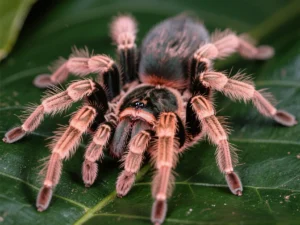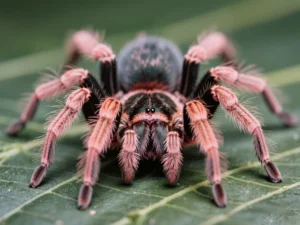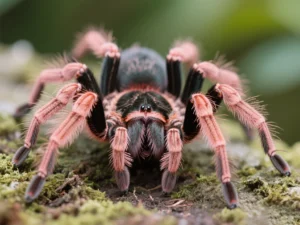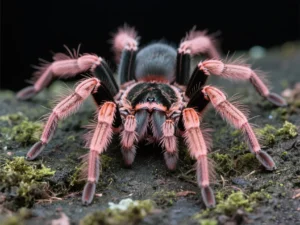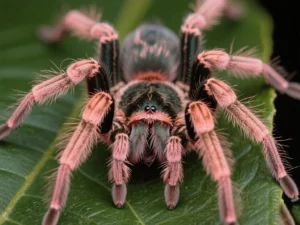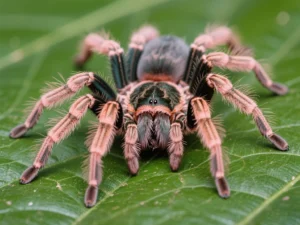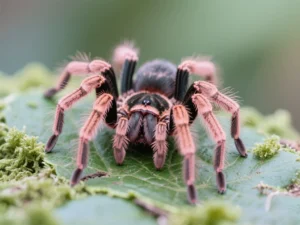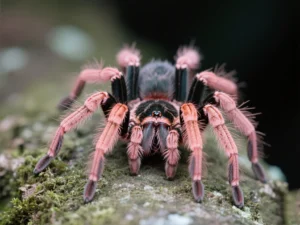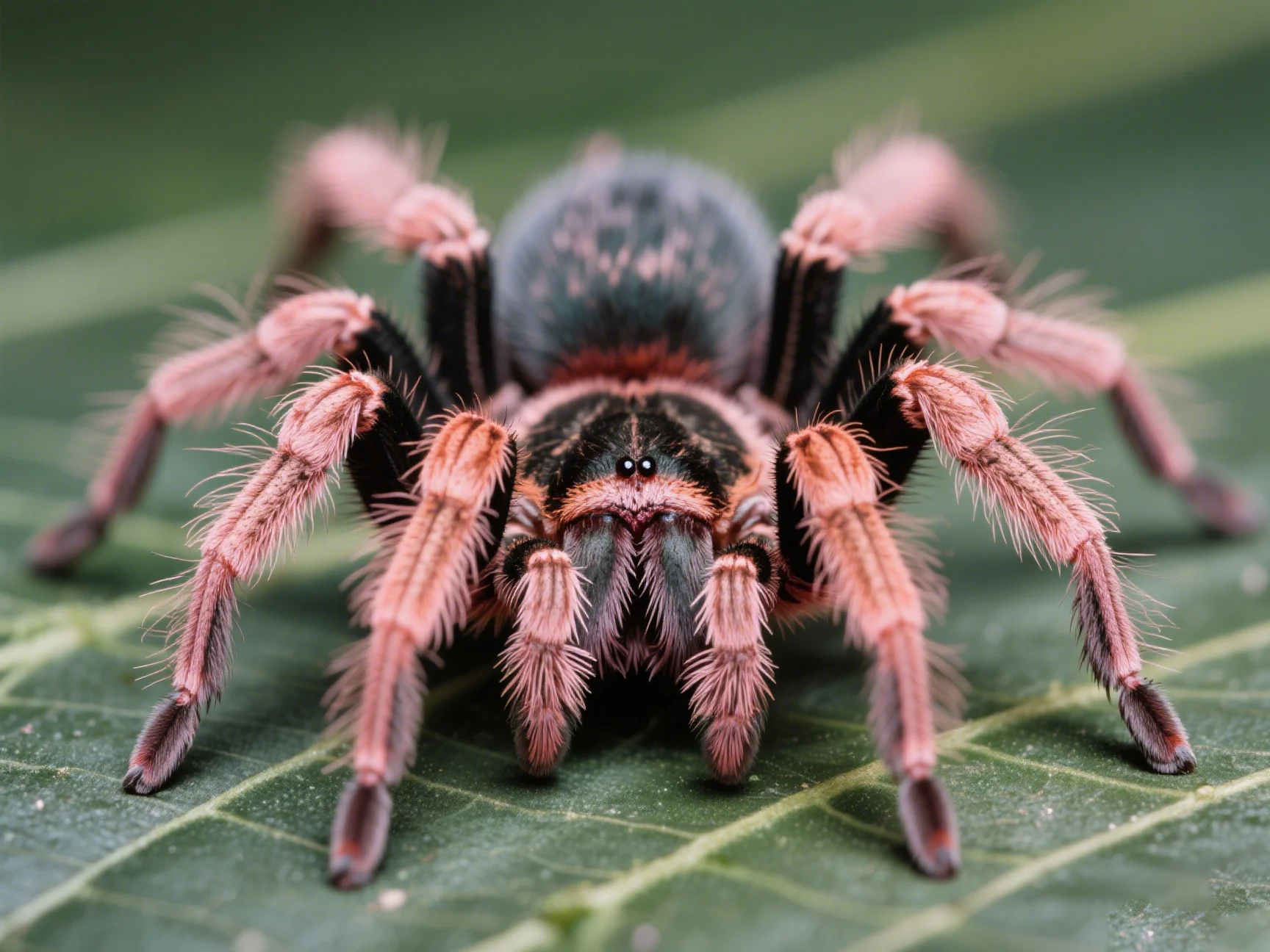
Tarantula Handling
Can Antilles pinktoe tarantulas be handled safely?
Handling tarantulas is a topic of much debate in the keeper community. While the Antilles pinktoe tarantula (Caribena versicolor) is known for its generally docile nature, handling is **generally discouraged** for the safety of both the tarantula and the handler.
Temperament Considerations
Caribena versicolor are typically calm but are also known for being skittish and incredibly fast. They are arboreal (tree-dwelling) spiders, adapted for quick movements through foliage. Unlike more terrestrial, slower-moving species, their instinct when startled is often to bolt unpredictably.
- Docile but Flighty: While they rarely show aggression, they are easily frightened.
- Speed: Their speed can catch handlers off guard, leading to drops.
- Defenses: Their primary defense is flight, followed by flicking feces. Biting is a rare last resort.

Risks of Handling
There are significant risks involved when handling any tarantula, especially a fast arboreal species like the Antilles pinktoe:
- Risk to the Tarantula: A fall from even a short height (like your hands) can be fatal to a tarantula. Their abdomens are fragile and can easily rupture upon impact. This is the primary reason handling is discouraged.
- Risk to the Handler: While bites are rare and the venom is mild, they can still happen if the tarantula feels threatened. The sudden bolting can also startle the handler.
- Stress to the Tarantula: Handling is generally a stressful experience for a tarantula, which views you as a potential predator or an unstable surface. Chronic stress can impact their health. More details on stress factors can be found under [tarantula medical information](https://www.lopehare.com/tarantula-medical-information/).
Fragile Nature: Remember, tarantulas have exoskeletons and lack the internal bone structure of mammals. A fall that might not harm a small rodent can kill a tarantula instantly.
Safe Handling Practices (If Necessary)
While routine handling for enjoyment is not recommended, there might be rare occasions when brief handling is unavoidable (e.g., emergency relocation). If you must handle your tarantula:
- Stay Low: Always handle the tarantula close to a soft surface like a bed or the floor to minimize fall distance.
- Use Calm Movements: Gently coax the tarantula onto your hand using a paintbrush or similar soft tool. Avoid grabbing or forcing it.
- Be Prepared for Bolting: Keep your hands cupped or be ready for sudden movements.
- Keep it Brief: Minimize handling time to reduce stress.
- Wash Hands: Wash your hands before and after to avoid transferring anything harmful to the tarantula or yourself.
Many experienced keepers advocate for [handling arboreal tarantulas safely](https://www.lopehare.com/tarantula-training-tips/) only when absolutely required, prioritizing the spider’s well-being over the desire for interaction.
Alternatives to Handling
Tarantulas are best appreciated as display animals. You can interact with and enjoy your Antilles pinktoe without handling:
- Observation: Watch their natural behaviors like hunting, webbing, and climbing within their enclosure. Their color changes as they grow are fascinating to observe.
- Enclosure Maintenance: Careful feeding and cleaning routines are forms of interaction.
- Photography: Capturing their beauty through photos (without stressing them) can be very rewarding.
In summary, while it might be technically *possible* to handle an Antilles pinktoe tarantula with extreme caution, it’s generally not considered safe or beneficial for the animal. Appreciating these stunning creatures through observation is the recommended approach.
Handling recommendations often reflect best practices shared within the arachnid keeping community, prioritizing animal welfare (e.g., information available via the British Tarantula Society or similar organizations).
